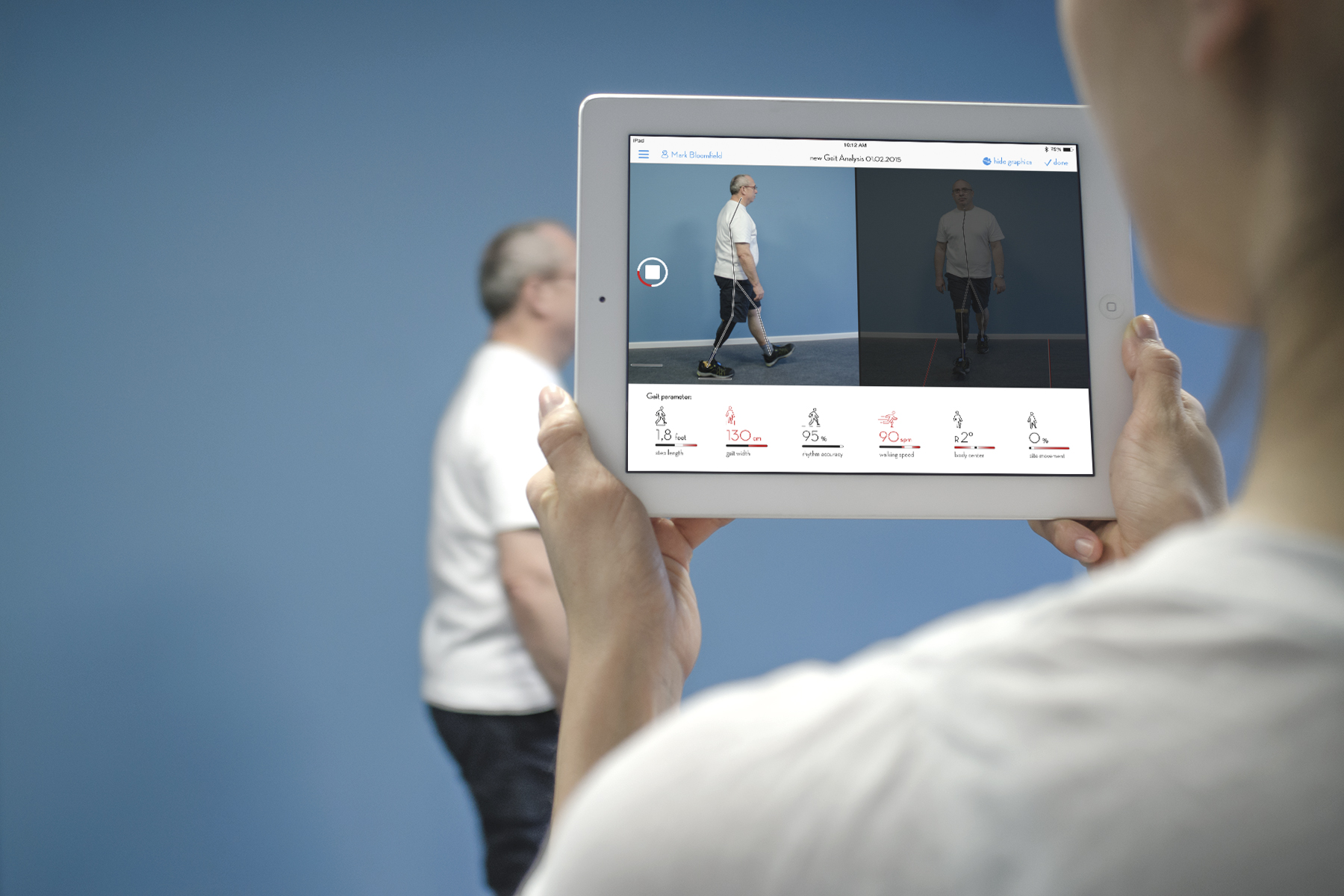The first Starts prizes reward art in innovation

The European Commission and Ars Electronica in Linz (Austria) announced on June 23 the list of the very first laureates of the Starts (for Science, Technology and Arts) awards honoring Innovation in Technology, Industry and Society stimulated by the Arts. The competition backed by the respected Austrian new media center supports, on the one side, artwork that influences and changes the way we look at technology, and on the other side, forms of innovative collaboration between the private sector and the world of art and culture. Two grand prizes were bestowed, each rewarded with € 20,000.
The grand prize in the innovative collaboration category was given to the Germans from the young designers interdisciplinary group The Artificial Skins and Bones from the Weissensee Kunsthochschule in Berlin. The collective is exploring the design and interaction of prostheses, skins or other artificial parts of the body (see here an interview explaining in detail the group’s work).
The digital prosthesis that makes the phantom limb tangible:
The grand prize rewarding the best artistic exploration was allocated to the Dutch fashion designer Iris van Herpen and her collection Magnetic Motion. Particularly inspired by a visit to Cern and its particle accelerator, Van Herpen got together with the architect Philip Beesley and the artist Jolan van der Wiel to design a collection inspired from magnetic fields and using injection molding techniques, 3D printing or laser cutting of complex structures, to design dresses, jackets, trousers, blouses, and give them shapes, volumes and surfaces that respond to body movements.
“Magnetic Motion” parade from Iris van Herpen (Centre Pompidou, Paris, 2014):
Among ten other honorary distinctions, the Amsterdam Smart Citizens Lab from the Waag Society equips citizens of open source technology in order to measure the quality of their environment (air, noise, water, soil); the famous and historical V2 institute for the unstable media of Rotterdam; the MIT Water-based Digital Fabrication Platform; the drone choreography show from the Verity Studios in collaboration with the EHT Zurich and the Cirque du Soleil; Bionic Partition, the largest metal plane component printed in 3D (a collaboration between Airbus, APWorks, Autodesk, The Living) ; or still the blog We Make Money Not Art on the relations between art, science and society lead single-handedly by Regine Debatty for more than ten years.
“Sparked”, human-drone choreography, Verity Studios:
Bionic Partition, the largest metal piece ever printed in 3D:
